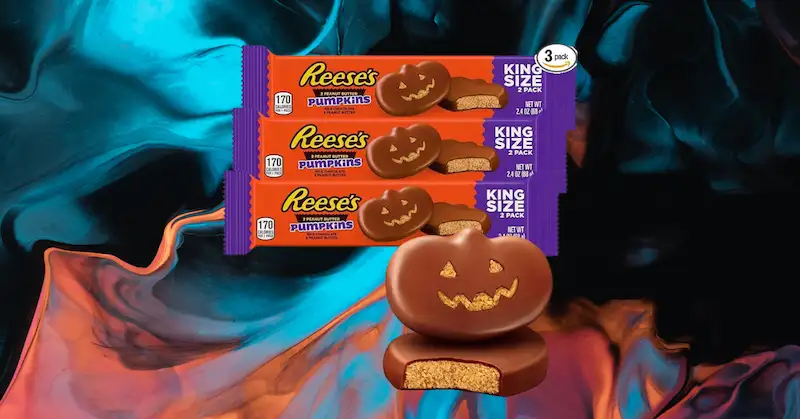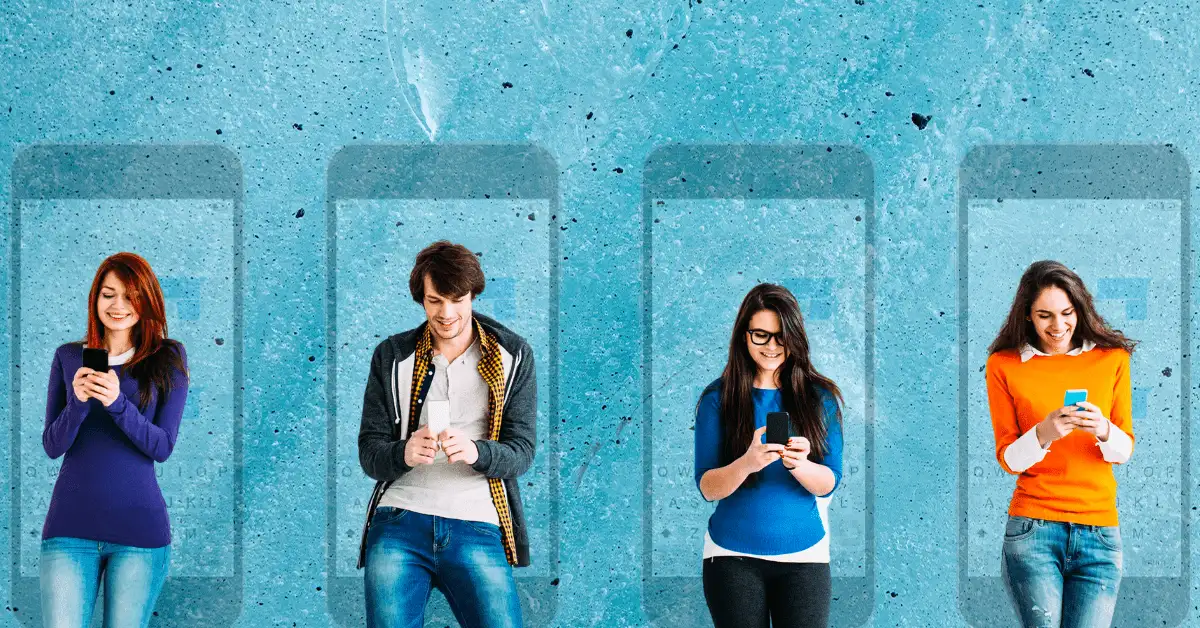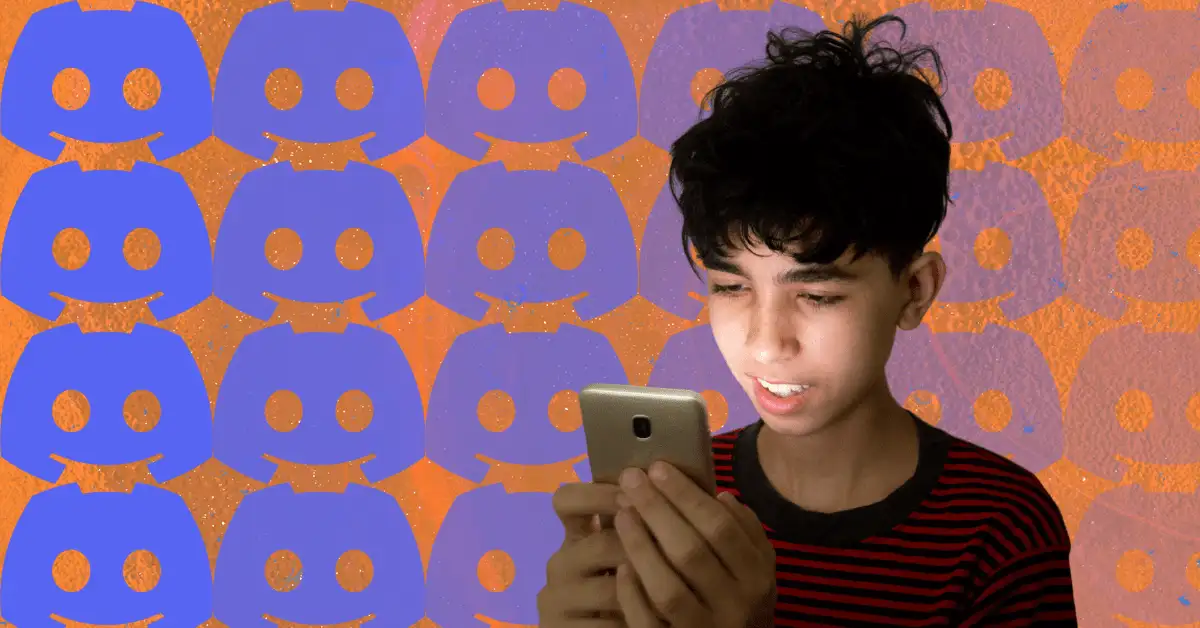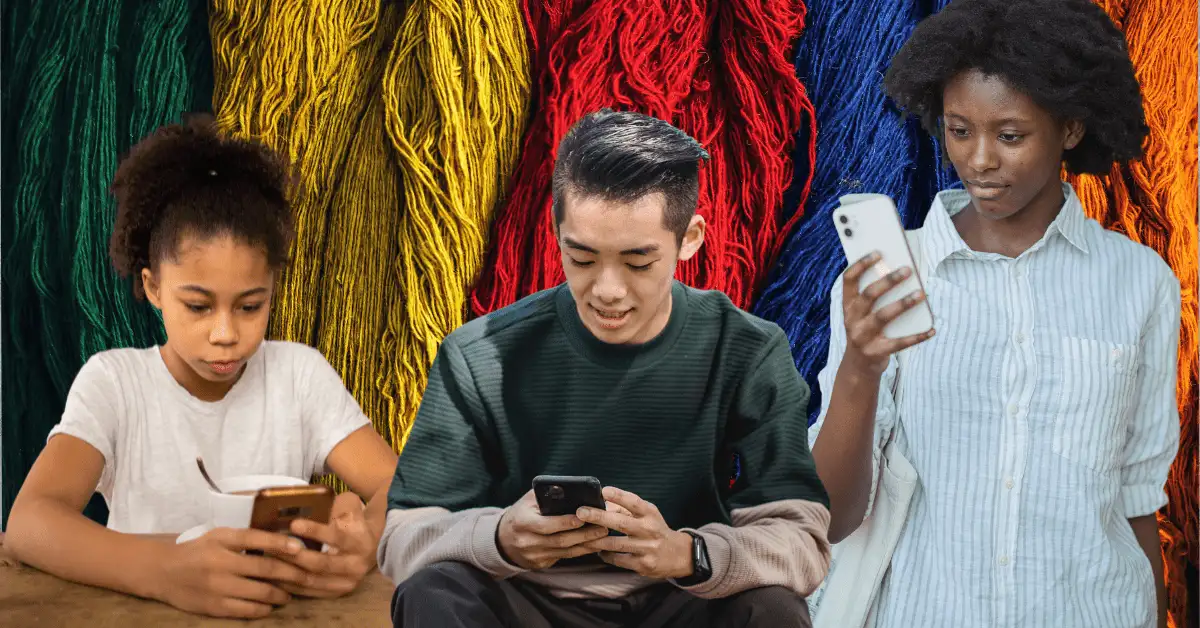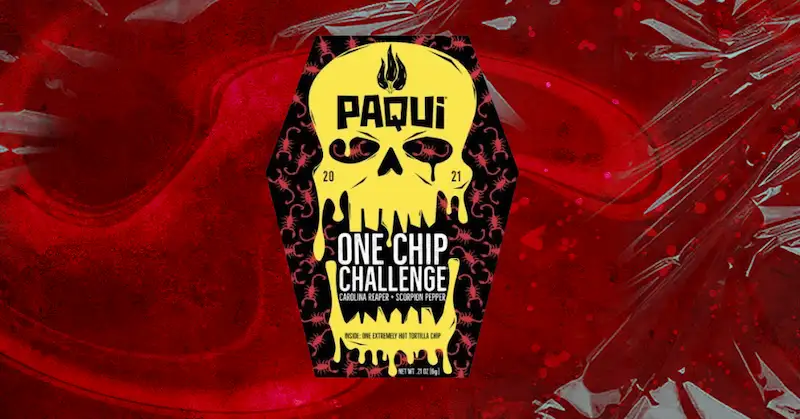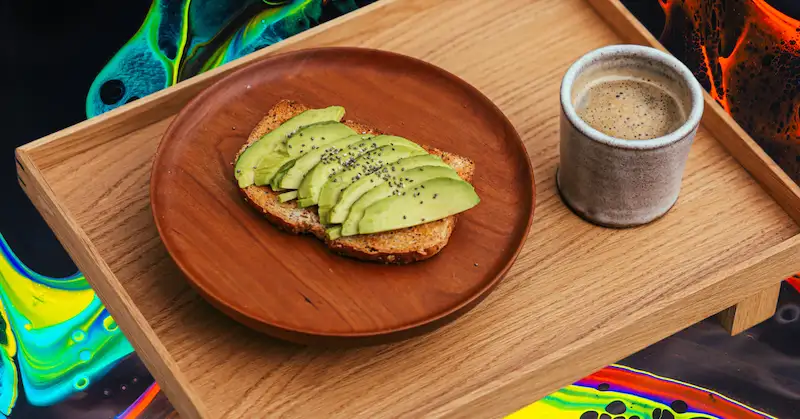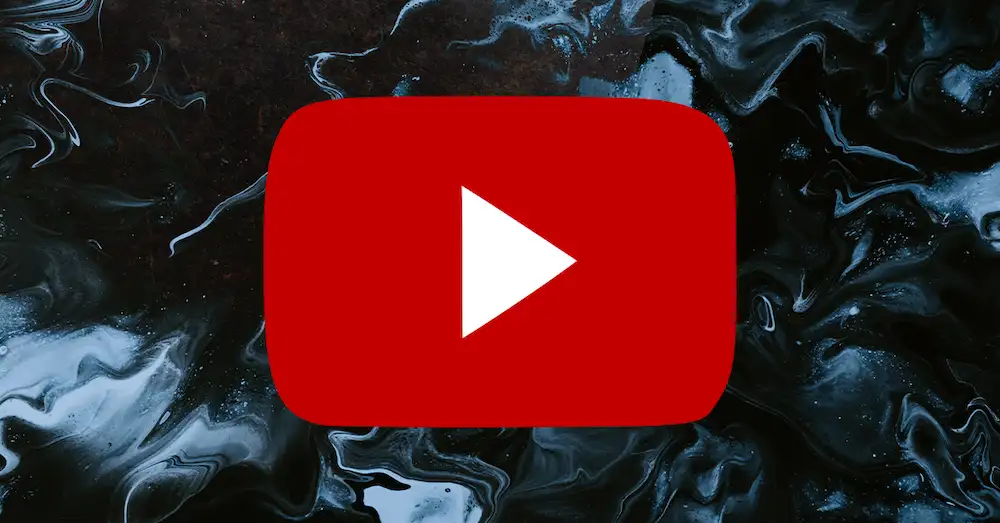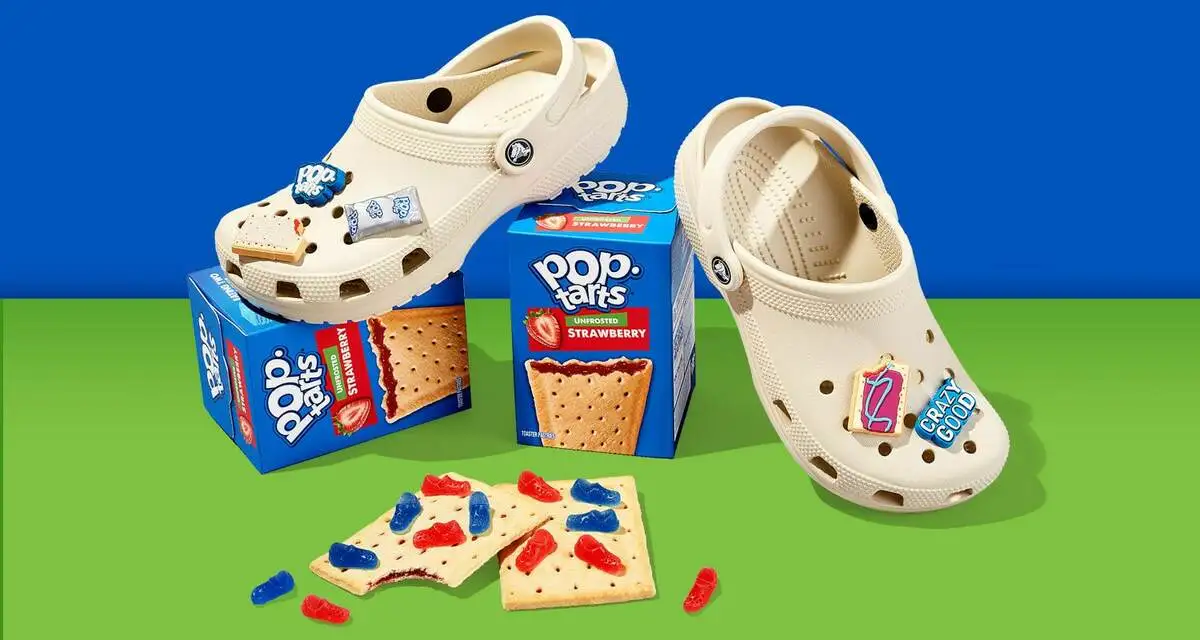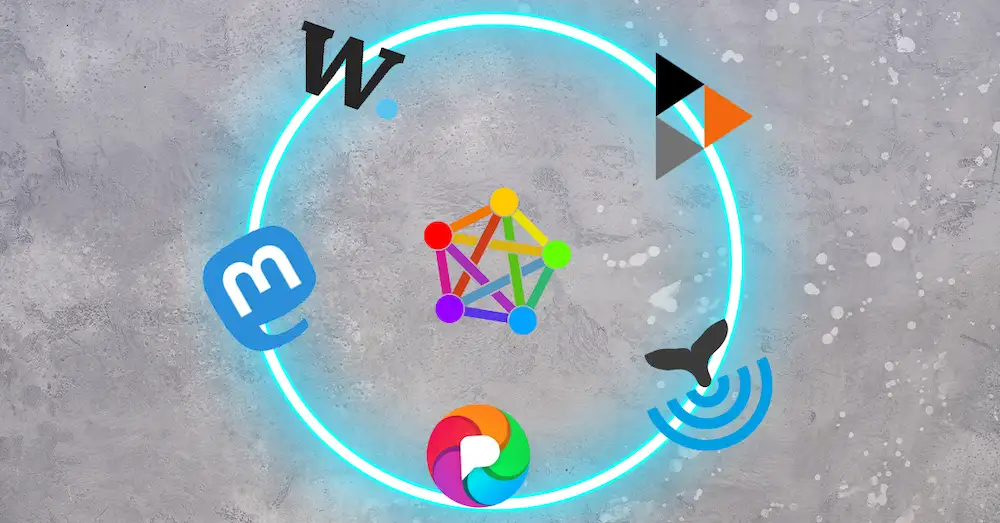A grid of Taboola ads in the Daily Mail (Source: Daily Mail)
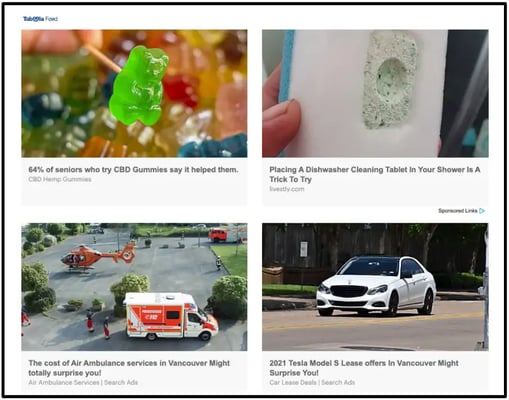
You’ve definitely seen it.
A grid of ads with can’t-miss headlines like, “You won’t believe what these celebrities looked like in high school” or “64% of seniors who try CBD gummies say it helped them.”
These ads (often called a “chumbox”) are primarily powered by 2 native advertising companies: Taboola and Outbrain, which almost merged last year before a deal fell apart.
On Monday, Taboola announced that it would go public via a SPAC, valuing it at $2.6B (with forecast 2020 revenue of $1.2B and payouts to publishers totalling $2B+ in the past 3 years).
The Hustle spoke with Taboola’s CEO Adam Singolda to find out about the business:
An alternative to the walled gardens of Big Tech
For publishers like ESPN or NBC, Taboola is a way to monetize web properties outside of the Facebook/Google ad duopoly. Singolda says Taboola is a “counterweight to the tech giants.”
Per an investor deck, its ads have a reach of 500m+ daily active users, and the open web opportunity is worth $64B.
A B2B company that helps publishers make money
The Taboola ad units are ways for publishers to monetize their digital real estate while providing readers with content and product recommendations.
“Facebook wants Facebook to succeed,” says Singolda. “Taboola wins when our publisher partners win.”
Providing ‘clickable’ (not ‘clickbait’) content
A common criticism of the chumbox format is that some content comes off as clickbait. Singolda disagrees with this characterization. He says that the content is “clickable,” which is particularly popular among the younger generation.
“We have clear content guidelines,” he told us, noting that Taboola has a 50-person content moderation team that will scale with revenue. “There’s nothing wrong with having a clickable thumbnail title or image. Some people want to read deep dives and others want to read about Kim Kardashian. Both are fine.”
When asked about a favorite case study…
… Singolda cites Flare Audio, which launched headphones in the UK by advertising across publications like the Daily Mail and The Independent.
“To break through on Google would have been very hard and expensive,” says Singolda. “But the headphones found the right audience with Taboola.”

